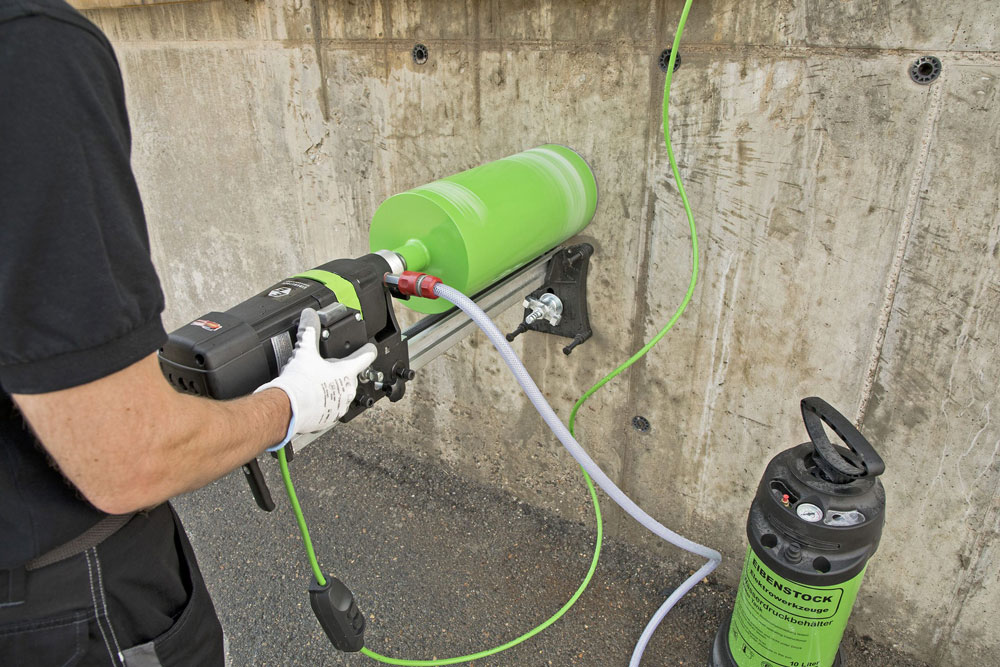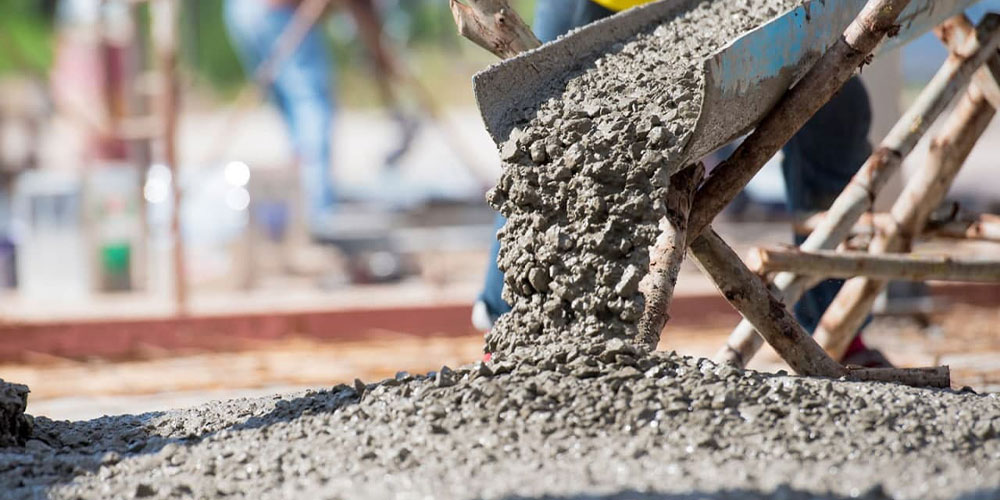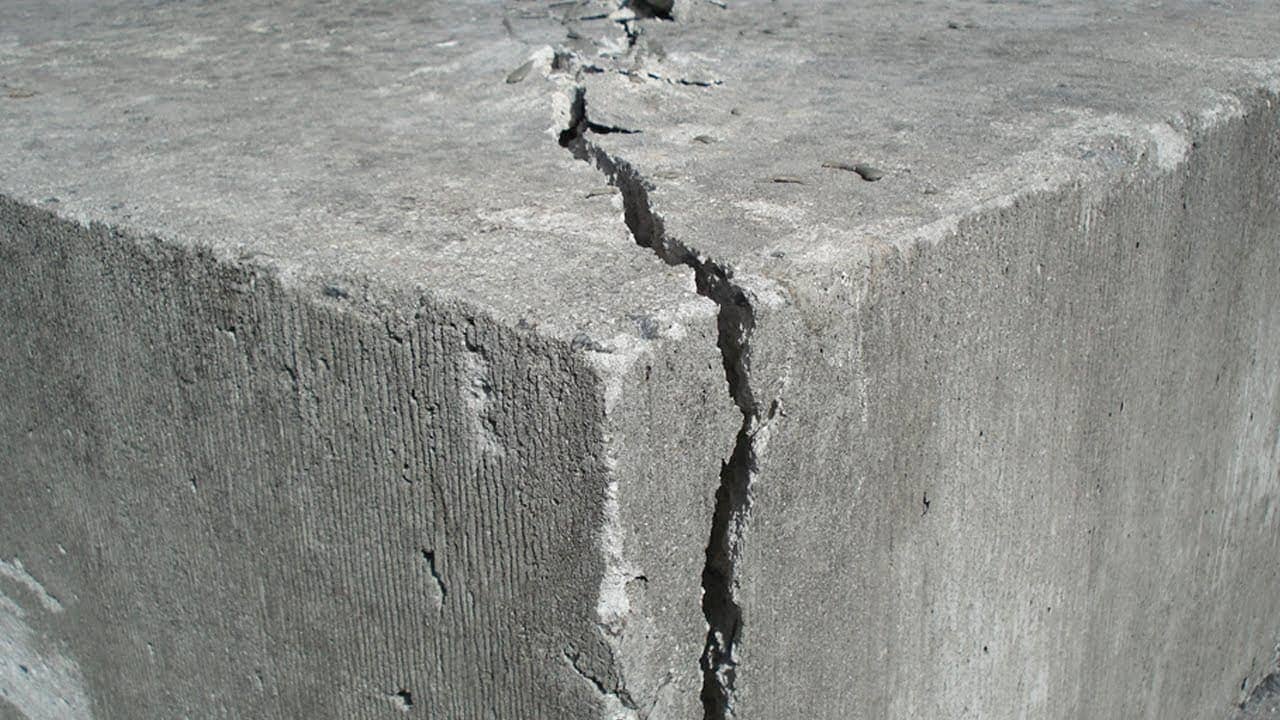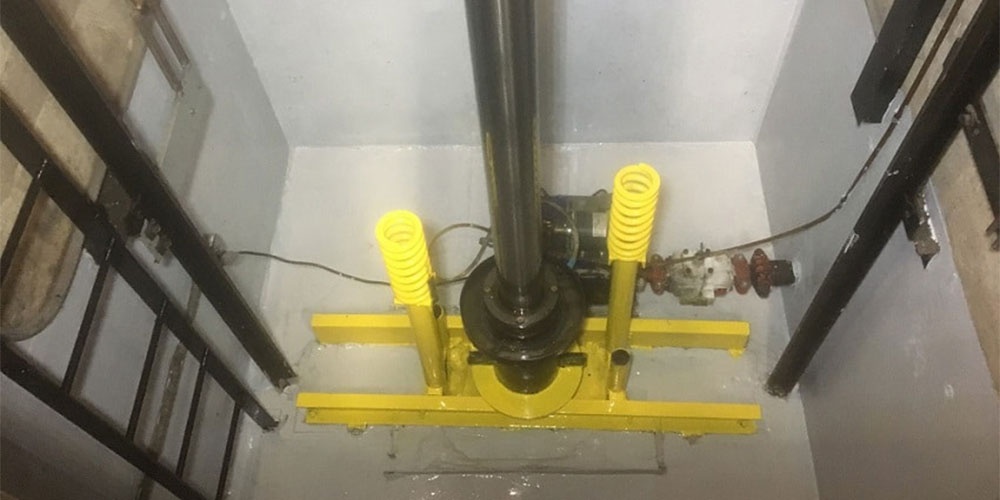In the context of core drilling or coring from concrete, the primary objective is to assess the strength of concrete samples and estimate the concrete’s performance in actual structures.
Accurate determination of concrete strength in a structure relies on its density and proper curing. If the compressive strength of laboratory samples is below the minimum specified in the project’s technical requirements, it indicates either weak concrete in the structure or that the laboratory samples do not represent the actual concrete used in construction.
One of the most significant tests for determining in-situ concrete strength is core drilling and testing the compressive strength of the extracted cores. Core drilling requires specialized equipment known as a core drill, which consists of three main components: a base, a drill head, and an electric motor.
The base can be mounted on any flat surface and is secured with a roll bolt to prevent movement during drilling, ensuring that an intact core is obtained. The drill heads are hollow cylinders approximately 60 cm long with diameters ranging from 1 to 6 inches, typically diamond-tipped to facilitate drilling through very hard concrete and steel.
In large-scale concrete pouring, typically done in layers of 30 to 50 cm thickness, identifying areas of low-strength concrete can be challenging. It is advisable to mark the surface or area in a checkerboard pattern measuring 20 to 40 cm before using a Schmidt hammer to identify vulnerable zones, followed by core sampling.
Core drilling is crucial for creating holes of various diameters and thicknesses in concrete for electrical cables, water pipes, gas lines, and other building installations. Additionally, continuous coring can be employed in areas where traditional cutting methods are impractical.









